Pre-intro intro: I blew by the generously extended Sunday afternoon deadline I set for myself--it's well in my rearview mirror. I recognize that this makes me an untrustworthy reporter but in my defense, I’m late because I spent my afternoon with my hands in the literal dirt, as opposed to the metaphysical. It felt nice to scrub soil from my fingernails and also all the Monstera plants I’ve been propagating now have cozy little pots on my porch. Also, I can feel my summertime insomnia settling in so I feel good about my ability to finish this before Monday. Onward we march...
Is it just me or has spring sprung all of a sudden? Things have been a-bloom for a bit here in Appalachia, but the weather hasn’t been able to make up its mind about whether or not winter is over. After our last cold snap last week, I think we’ve landed with our feet firmly in spring. Maybe I’m wrong, I’m certainly no meteorologist, but it does feel like the sharp, chilly edge in the air has worn smooth. I know I’m not alone in feeling so, so ready for warm weather and sunshine--society as a whole seems to be practically bursting at the seams in anticipation of summertime. Personally, my bones are aching for it. Bring on the lazy days stretched out on a blanket in the park. Gimme Saturday afternoons spent knee-deep in an icy creek. I want sunsets that last forever and beers enjoyed in hazy, bbq scented air. As the season shifts, so too does my body and my diet. Where fall and winter ask for warmth and coziness and truly root-deep nutrition, summer and spring have me wanting to feel plush, lush, and juicy, and what I eat generally begins to reflect that.
I think a lot about my body at, literally, a cellular level. I picture all the strange tiny parts dotting the interior of my cells like confetti, the plump little nucleus in the middle, the hardworking mitochondria giving everyone the energy to do their stuff. When I drink water, I imagine my thirsty lil cells awash in cool, refreshing h2o. When I eat my greens, I imagine them absorbing all the nutrients and chlorophyll and vitamins and minerals PacMan style. I don’t know, it works for me. This is not to say I’m the poster child of healthy eating—I had a slice of cake for dinner last night. But I think it does help me tune into the way the things I consume make my body feel. Sometimes after eating one too many frozen pizzas, I can almost hear my body begging for a dang vegetable. And I can also, in vivid technicolor, imagine the widespread relief a teaspoon of turmeric or some fermented veggies or a nice tincture brings when I’m feeling just a bit too inflamed.
Because I spend so much time watching a completely fabricated internal play-by-play of my cell’s daily adventures and well-being, I feel like I’ve been able to really take notice of what makes my bod vibrate with joyous good health. The short-list includes old familiars like turmeric, yogurt, sauerkraut, smoothies made of mostly kale, small lake’s worth of water. I call on all of these and more to try to stave off both inflammation and the marching forward of time, and they work beautifully. But my favorite favorite, the thing that makes every single cell in my body stand up and cheer, is nettles. I’ve been singing nettle’s praises from the rooftops for a long time now, and I’ll keep on singing forever. If you know me in real life, there’s a very good chance I’ve recommended “infusion of nettles” on at least one but probably multiple occasions. It is the first plant I reach for when I’m feeling a little too bloated, too tired, too dry. When I get busy and self-care and, let’s be honest, good nutrition fall by the wayside, nettle helps to recalibrate me back to normal.
At first blush, the thing I love about nettle is that it appears to be an unfriendly and not all that helpful plant—it is after all covered from head to toe in what are basically venom-filled needles—but deep down it's actually a gentle, loving harbinger of good health. I also love this quality in people. A gruff, gristly-looking dude taking his corgi for a walk or snuggling a baby has more than once turned my heart into a puddle. I guess I just like a good juxtaposition. But it’s more than that it's surprising (nettle, not the corgi walker). Lots of plants are surprising. It’s that it’s a plant so absolutely jam-packed with vitamins & minerals that it makes me feel virtuously healthy and almost superhuman.
So many vitamins, wow.
I won’t bore you with explanations here. We’re all adults, we know we need more vitamins and minerals in our diets. Nettles delivers.
Eat a leaf and you’ll enjoy:
Iron
Calcium
Magnesium
Potassium
Vitamin C
Dietary fiber
Chlorophyll (the stuff that makes plants green--it’s an antioxidant and has a chemical makeup similar to hemoglobin, which binds to oxygen molecules and helps transport them around the body. Good stuff!)
Protein-- these spiky babes contain one of the highest protein contents of all known plants, which is A+ amazing and cool. Protein is a major player in almost every biological function, including building and repairing tissues, immune protection, digestion, and movement. If you wanna jump down an internet rabbithole like I did, I’ll guide ya over here (or here) to kick things off. Knowledge is power!
Uses are legion
That headline was ripped (paraphrased) from a quote in Richo Cech’s book “Making Plant Medicine” and I thought it sounded appropriately epic. It would be quicker to list out what nettle doesn’t benefit but that probably wouldn’t be super helpful?
Aside from just being a sound option thanks to the laundry list of vits and mins and their benefits, nettles are also killer for:
Taming the effects of and building resistance to allergens by inhibiting histamine reactions [source].
Building and cleansing the blood, which also helps increase energy levels as well as the body’s ability to absorb protein. This is a common function of plants known as “tonics” or “spring tonics”. Other buds that cleanse the blood are burdock, dandelion, red clover, and sassafras.
Urinary system health. Nettle’s affinity for this body system makes it useful for any dysfunction of it, including kidney infection or inflammation, UTI, and bladder inflammation. The anti-inflammatory effects are where it shines here.
Easing the pain of arthritis. This one is unusual---to enjoy relief you first intentionally whip the inflamed, painful area with an entire nettle plant plucked from the ground. This sounds like an insane thing to do, but I swear I’m not pulling your leg. It’s called Urtication, coming from the plant’s scientific name Urtica dioica, and it works because the reaction you have from the nettle sting brings a rush of fresh blood to the whipped area, which in turn stimulates healing and anti-inflammatory actions, ultimately reducing pain and swelling and increasing movement. Who says plants aren’t magic?
Speaking of, nettle was once traditionally used as a remedy for impotence. The method of delivering the remedy was the same as for arthritis, self-flagellation. Hello! I don’t recommend trying this at home, kids
Food! Young nettle tops are a tasty, hyper-nutritious green--get those nutrients in your belly. It kind of tastes like spinach and is a soft, tender lil edible. Steaming, cooking, drying, and heating the plant destroys its stinging hairs so you don’t have to worry about a painful rash, you know, in your esophagus or something. If eating it isn’t your thing, you can also make a strong tea, or infusion. I’ll leave a lil recipe at the bottom of the page.
The stems of the mature plant are really and have been used to make rope, twine, fishing nets, etc. I usually just go to the hardware store for my rope and twine, but maybe you’re more ambitious than I am and want to try it out.
These are the most common traditional uses of nettle, but it really is beneficial for just about every part and piece of the body. It’s relatively safe and gentle, but do be mindful of not overindulging or you could experience a kind of welty rash on your skin called “urticaria”. If this happens, just cut it out with the nettles for a bit and it will go away on its own.
So, what about the venom-filled needles?
Actually less scary than they sound.
Here’s what we’re talking about:
So, the entire plant is covered in these little hairs called trichomes, which are actually phytohypodermic needles. “Phyto” is Greek for plant, so all this big, science-y word means is plant-needle. They’re hollow and filled with a bunch of different compounds that cause the itchy, stingy reaction. One of these is formic acid, which is the same venom in a bee’s stinger and I think that’s pretty cool. Brushing up against the plant causes these little hairs to break and inject their venom into your tender little calf. The reaction is usually pretty short-lived, maybe a few hours tops in my experience, but obnoxious nonetheless.
I have remedies though! Baking soda is a useful antidote, but if you want to really impress your friends, you can use the nettle leaves themselves to deactivate the sting. Oh yes. All you have to do is pluck a leaf or two and mash it around until it becomes juicy, and then rub on your painful bits. I don’t know why this works, and I didn’t look it up because I think some of the fun is in the mystery, but it's a pretty cool trick and I recommend trying it if you ever find yourself knee-deep in a nettle patch.
ID and Gathering
Arguably the most important part.
What you’re looking for is a plant 2-5 feet tall with coarsely-toothed, pointed leaves growing opposite from each other on the stem. I’ll give you an example of what this means in a sec. Younger leaves at the top of the plant will be more heart-shaped, while the old leaves are several inches long. This plant likes to grow in rich, moist soil, so think ditches, creek and riversides, slope bottoms. It was brought to the U.S. by European settlers and so will also be growing around old farms and homesteads.
Stinging Nettle (Urtica dioica) has a couple of lookalikes that are easy to tell apart. The first is Clearweed, which looks similar but doesn’t have any stinging hairs. The other is Wood Nettle, which does have some non-stinging hairs, but has leaves that grow in an alternate pattern. I’ll show ya:
If you want to forage some nettle for yourself, now is the best time to do it. While the entire aboveground parts can be used to dry and make tea or medicine, you’ll want to harvest just the tender top bits for food. Also, only harvest in the spring. Mature nettle plants contain calcium crystals called cystoliths that can upset your kidneys.
Ok! I’ve officially told you everything I know about nettles!
I hope you fall madly in love with them.
See ya!
Jess
Here’s a recipe for Nettle infusion:
Add anywhere from a couple tablespoons to a cup’s worth of dried nettle to a quart-sized jar. This is truly choose-your-own-adventure, people. I like to use about a half cup of dried leaf, but feel free to play around with it, or start with a little and work your way to a lot.
Boil some water. Fill the jar.
Let steep on the counter overnight, then strain and refrigerate. Your tea is good for 3-4 days, but gets funky beyond that. I enjoy it iced, but hot is good too. Add some mint, lemon, or honey if it tastes too green for ya.




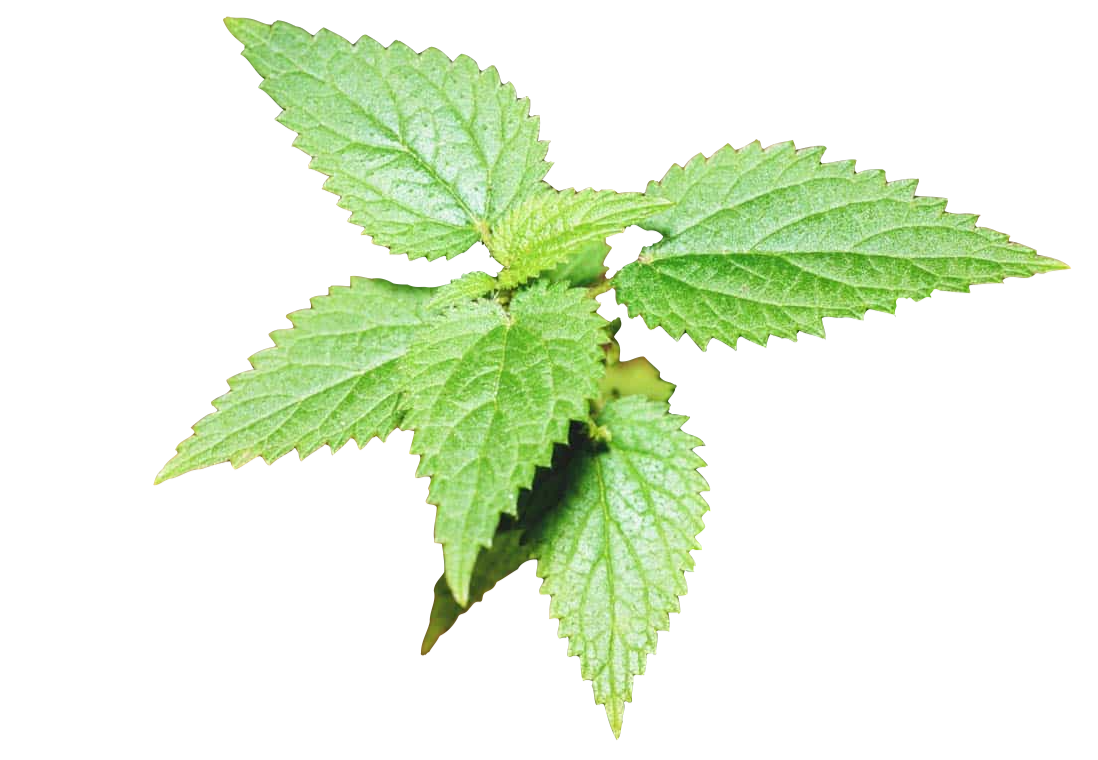
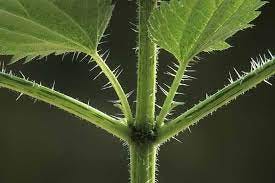

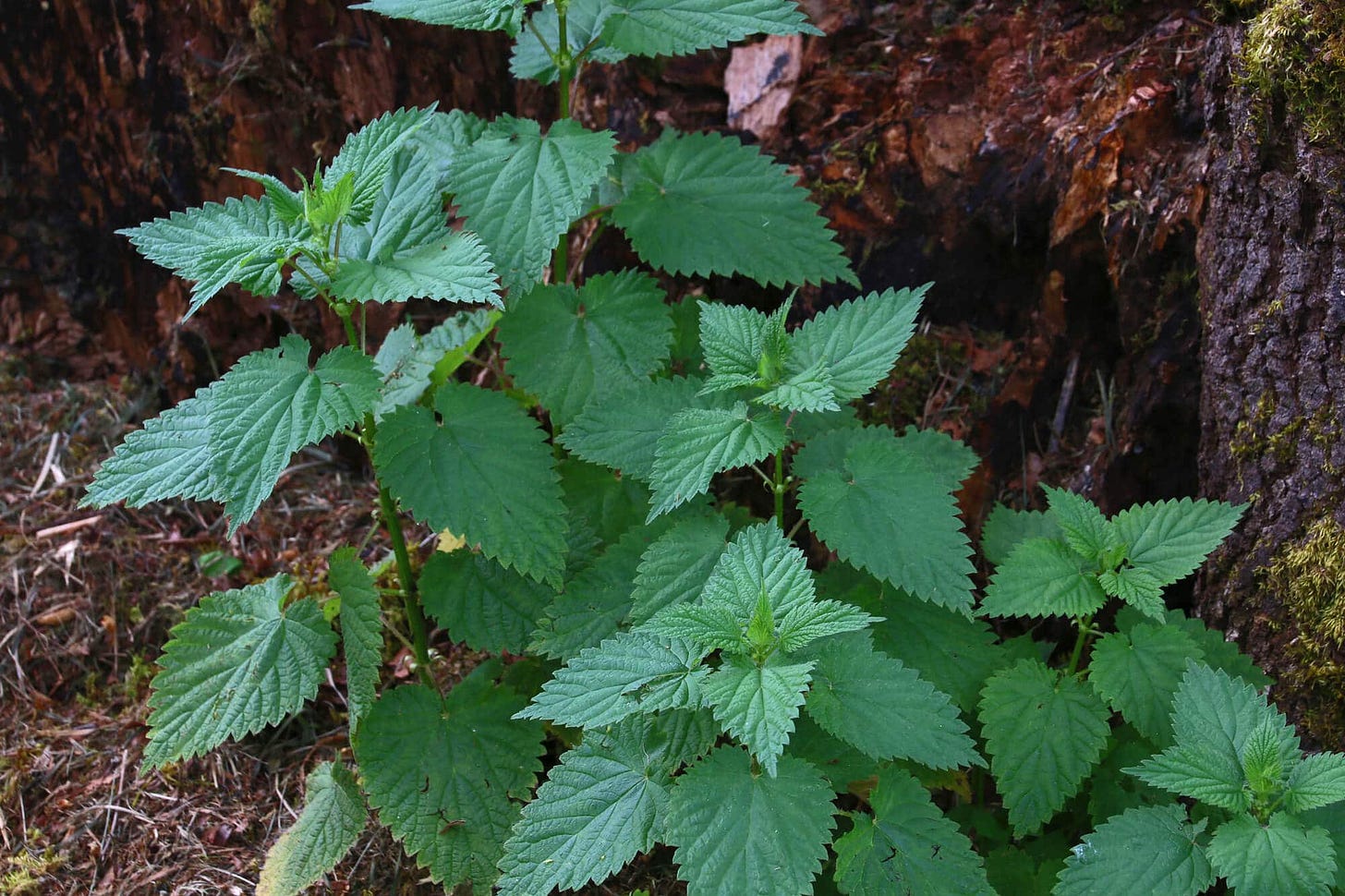
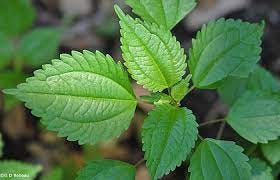
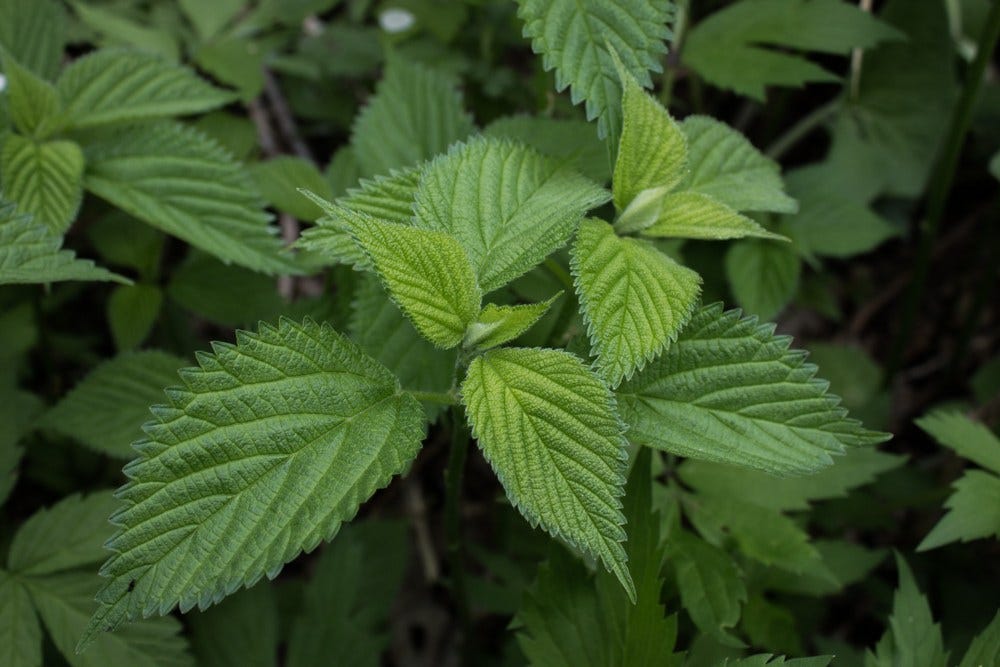
Have you ever tried nettle soup? My family’s been making it every year when it’s nettle season and it’s so delicious and even looks beautiful. You basically mix the nettles after plucking and washing them, add some onions and potatoes/apples to make it thicker and that’s all there is to it.